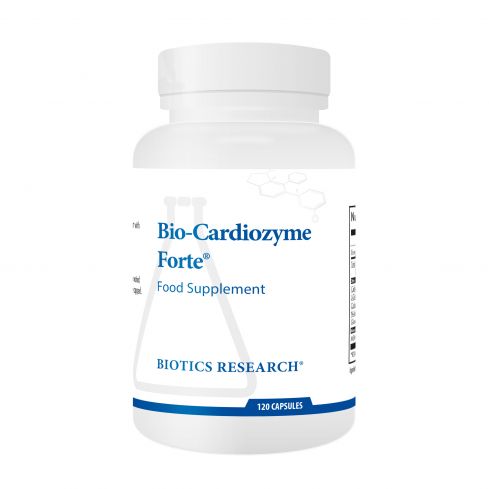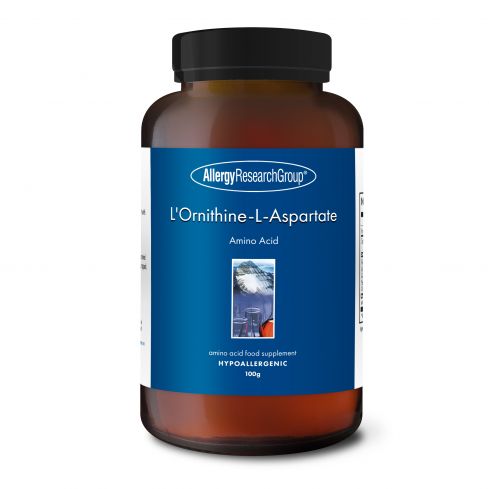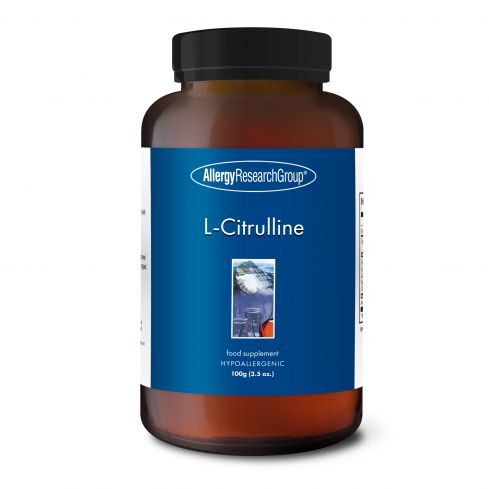- Home
- Products
- Conditions
- Acid-Alkali Balance
Acid-Alkali Balance
Your body must stick to a precise balance of acidity and alkalinity in order to function properly. Even a slight change in this balance can affect many organs. The acidity and alkalinity of your blood are measured using the pH scale. The pH scale ranges from 0 (very acidic) to 14 (very alkaline). Blood is usually between 7.35 to 7.45.
When it comes to the pH and net acid load in the human diet, there has been considerable change from the hunter gather civilization to the present[1]. With the agricultural revolution (last 10,000 years) and even more recently with industrialisation (last 200 years), there has been an decrease in potassium (K) compared to sodium (Na) and an increase in chloride compared to bicarbonate found in the diet[2]. The ratio of potassium to sodium has reversed, K/Na previously was 10 to 1 whereas the modern diet has a ratio of 1 to 3[3]. It is generally accepted that agricultural humans today have a diet poor in magnesium and potassium as well as fiber and rich in saturated fat, simple sugars, sodium, and chloride as compared to the preagricultural period. This results in a diet that may induce metabolic acidosis which is mismatched to the genetically determined nutritional requirements[4].
The pH diet is based on the idea that a person should consume foods that are slightly alkaline, because the body’s normal pH is slightly alkaline. Advocates claim that consuming a diet high in acidic foods, such as animal protein, sugar, caffeine, and processed foods, may disrupt the pH of the bloodstream, and increase a person’s likelihood of developing chronic or degenerative diseases.
Salads, fresh vegetables, healthy nuts and oils are recommended while fatty meats, cheeses, sweets, chocolates, alcohol and tobacco are not recommended. Foods that are acidic include sugar, caffeine, wheat, saturated fats, processed foods, carbonated beverages, peanuts, pasta and white rice.
The normal pH range of the bloodstream is between 7.36 and 7.44. However, the food ratio for the diet is roughly 75 – 70% alkaline foods and 20 – 25% acidic foods.
Advocates believe that the pH level of the body’s internal fluids affects every living cell in the body. They believe that, as a result, over-acidification of the body from over consumption of certain foods may lead to chronic disease, such as cancer, heart disease, obesity, weight problems, allergies, fatigue and premature aging as well as problems with the nervous system, cardiovascular system and muscles. Other physical problems that are thought to result from over acidity include lack of energy, conjunctivitis, sensitive gums, agitation, dental caries, diarrhoea, colitis, dry skin, itches, red and irritated skin, leg cramps, osteoporosis, rheumatism, arthritis, sciatica, and tendonitis.
According to pH diet theory, when an alkaline environment is maintained in the body, metabolic, enzymatic, immunologic, and repair mechanisms function at their best. The acid forming metabolic of stress and inflammation and of high fat and high protein foods can be adequately and effectively neutralised only when sufficient mineral-buffering reserves are present, which can be found in a diet that is predominantly alkaline-forming.
The pH diet is used by athletes in the hopes of improving recovery time after competitions.
A seven-year study from the University of California, San Francisco, on 9,000 women showed that those who have chronic acidosis are at greater risk for bone loss than those who have normal pH levels. The scientists who carried out this experiment believe that many of the hip fractures prevalent among middle-aged women are connected to high acidity caused by a diet rich in animal foods and low in vegetables. This is because the body borrows calcium from the bones in order to balance pH[5],[6],[7].[8],[9].
References
- Ströhle A, Hahn A, Sebastian A. Estimation of the diet-dependent net acid load in 229 worldwide historically studied hunter-gatherer societies. American Journal of Clinical Nutrition. 2010;91(2):406–412
- Sebastian A, Frassetto LA, Sellmeyer DE, Merriam RL, Morris RC., Jr. Estimation of the net acid load of the diet of ancestral preagricultural Homo sapiens and their hominid ancestors. American Journal of Clinical Nutrition. 2002;76(6):1308–1316.
- Frassetto L, Morris, Jr. R.C. RC, Jr., Sellmeyer DE, Todd K, Sebastian A. Diet, evolution and aging—the pathophysiologic effects of the post-agricultural inversion of the potassium-to-sodium and base-to-chloride ratios in the human diet. European Journal of Nutrition. 2001;40(5):200–213
- Konner M, Boyd Eaton S. Paleolithic nutrition: twenty-five years later. Nutrition in Clinical Practice. 2010;25(6):594–602
- Sellmeyer DE, Stone KL, Sebastian A, Cummings SR. A high ratio of dietary animal to vegetable protein increases the rate of bone loss and the risk of fracture in postmenopausal women. Study of Osteoporotic Fractures Research Group. Am J Clin Nutr. 2001 Jan;73(1):118-22.
- Vormann J, Worlitschek M, Goedecke T, et al. Supplementation with alkaline minerals reduces symptoms in patients with chronic low back pain. J Trace Elem Med Biol 2001;15(2-3):179-183.
- Tucker KL, Hannan MT, Kiel DP. The acid-base hypothesis: diet and bone in the Framingham Osteoporosis Study. Eur J Nutr 2001;40(5):231-237
- Kurtz I, Maher T, Hulter HN, et al. Effect of diet on plasma acid-base composition in normal humans. Kidney Int 1983;24(5):670-680
- Lemann J, Jr., Lennon EJ. Role of diet, gastrointestinal tract and bone in acid-base homeostasis. Kidney Int 1972;1(5):275-279
Your body must stick to a precise balance of acidity and alkalinity in order to function properly. Even a slight change in this balance can affect many organs. The acidity and alkalinity of your blood are measured using the pH scale. The pH scale ranges from 0 (very acidic) to 14 (very alkaline). Blood is usually between 7.35 to 7.45.
When it comes to the pH and net acid load in the human diet, there has been considerable change from the hunter gather civilization to the present[1]. With the agricultural revolution (last 10,000 years) and even more recently with industrialisation (last 200 years), there has been an decrease in potassium (K) compared to sodium (Na) and an increase in chloride compared to bicarbonate found in the diet[2]. The ratio of potassium to sodium has reversed, K/Na previously was 10 to 1 whereas the modern diet has a ratio of 1 to 3[3]. It is generally accepted that agricultural humans today have a diet poor in magnesium and potassium as well as fiber and rich in saturated fat, simple sugars, sodium, and chloride as compared to the preagricultural period. This results in a diet that may induce metabolic acidosis which is mismatched to the genetically determined nutritional requirements[4].
The pH diet is based on the idea that a person should consume foods that are slightly alkaline, because the body’s normal pH is slightly alkaline. Advocates claim that consuming a diet high in acidic foods, such as animal protein, sugar, caffeine, and processed foods, may disrupt the pH of the bloodstream, and increase a person’s likelihood of developing chronic or degenerative diseases.
Salads, fresh vegetables, healthy nuts and oils are recommended while fatty meats, cheeses, sweets, chocolates, alcohol and tobacco are not recommended. Foods that are acidic include sugar, caffeine, wheat, saturated fats, processed foods, carbonated beverages, peanuts, pasta and white rice.
The normal pH range of the bloodstream is between 7.36 and 7.44. However, the food ratio for the diet is roughly 75 – 70% alkaline foods and 20 – 25% acidic foods.
Advocates believe that the pH level of the body’s internal fluids affects every living cell in the body. They believe that, as a result, over-acidification of the body from over consumption of certain foods may lead to chronic disease, such as cancer, heart disease, obesity, weight problems, allergies, fatigue and premature aging as well as problems with the nervous system, cardiovascular system and muscles. Other physical problems that are thought to result from over acidity include lack of energy, conjunctivitis, sensitive gums, agitation, dental caries, diarrhoea, colitis, dry skin, itches, red and irritated skin, leg cramps, osteoporosis, rheumatism, arthritis, sciatica, and tendonitis.
According to pH diet theory, when an alkaline environment is maintained in the body, metabolic, enzymatic, immunologic, and repair mechanisms function at their best. The acid forming metabolic of stress and inflammation and of high fat and high protein foods can be adequately and effectively neutralised only when sufficient mineral-buffering reserves are present, which can be found in a diet that is predominantly alkaline-forming.
The pH diet is used by athletes in the hopes of improving recovery time after competitions.
A seven-year study from the University of California, San Francisco, on 9,000 women showed that those who have chronic acidosis are at greater risk for bone loss than those who have normal pH levels. The scientists who carried out this experiment believe that many of the hip fractures prevalent among middle-aged women are connected to high acidity caused by a diet rich in animal foods and low in vegetables. This is because the body borrows calcium from the bones in order to balance pH[5],[6],[7].[8],[9].
References
- Ströhle A, Hahn A, Sebastian A. Estimation of the diet-dependent net acid load in 229 worldwide historically studied hunter-gatherer societies. American Journal of Clinical Nutrition. 2010;91(2):406–412
- Sebastian A, Frassetto LA, Sellmeyer DE, Merriam RL, Morris RC., Jr. Estimation of the net acid load of the diet of ancestral preagricultural Homo sapiens and their hominid ancestors. American Journal of Clinical Nutrition. 2002;76(6):1308–1316.
- Frassetto L, Morris, Jr. R.C. RC, Jr., Sellmeyer DE, Todd K, Sebastian A. Diet, evolution and aging—the pathophysiologic effects of the post-agricultural inversion of the potassium-to-sodium and base-to-chloride ratios in the human diet. European Journal of Nutrition. 2001;40(5):200–213
- Konner M, Boyd Eaton S. Paleolithic nutrition: twenty-five years later. Nutrition in Clinical Practice. 2010;25(6):594–602
- Sellmeyer DE, Stone KL, Sebastian A, Cummings SR. A high ratio of dietary animal to vegetable protein increases the rate of bone loss and the risk of fracture in postmenopausal women. Study of Osteoporotic Fractures Research Group. Am J Clin Nutr. 2001 Jan;73(1):118-22.
- Vormann J, Worlitschek M, Goedecke T, et al. Supplementation with alkaline minerals reduces symptoms in patients with chronic low back pain. J Trace Elem Med Biol 2001;15(2-3):179-183.
- Tucker KL, Hannan MT, Kiel DP. The acid-base hypothesis: diet and bone in the Framingham Osteoporosis Study. Eur J Nutr 2001;40(5):231-237
- Kurtz I, Maher T, Hulter HN, et al. Effect of diet on plasma acid-base composition in normal humans. Kidney Int 1983;24(5):670-680
- Lemann J, Jr., Lennon EJ. Role of diet, gastrointestinal tract and bone in acid-base homeostasis. Kidney Int 1972;1(5):275-279
- 2 items
- 3 items
- 3 items
- 1 item
- 1 item
- 3 items
- 5 items
- 1 item
- 3 items
- 4 items
- 3 items
- 3 items
- 1 item
- 6 items
- 6 items
- 4 items
- 3 items
- 3 items
- 4 items
- 7 items
- 3 items














